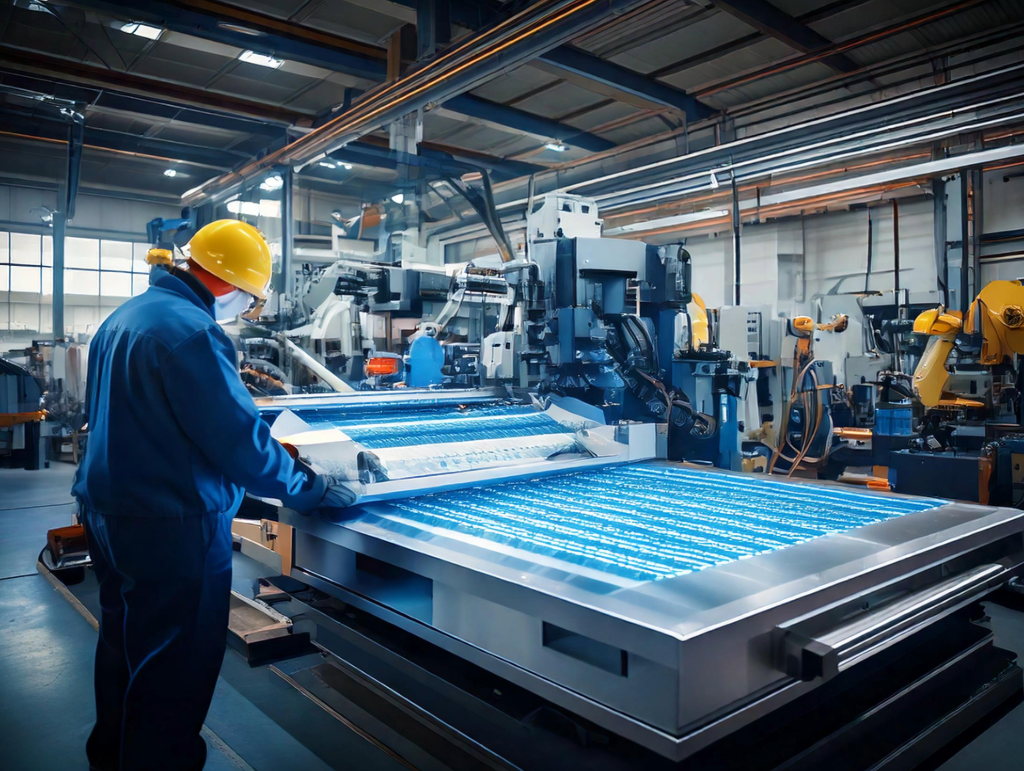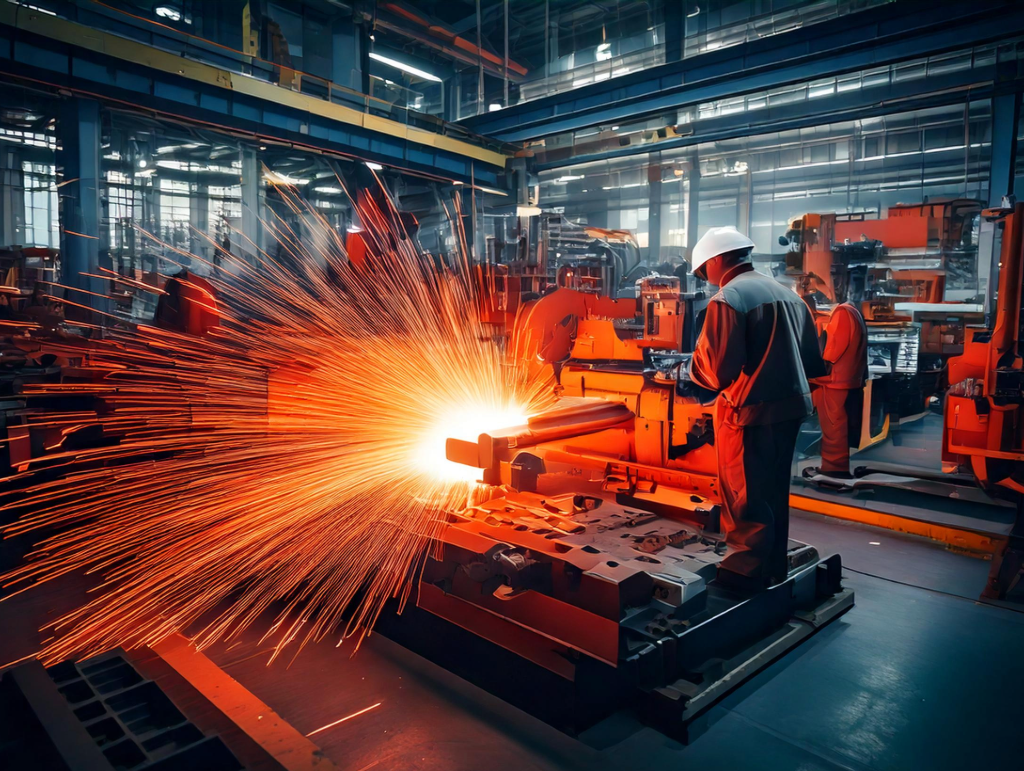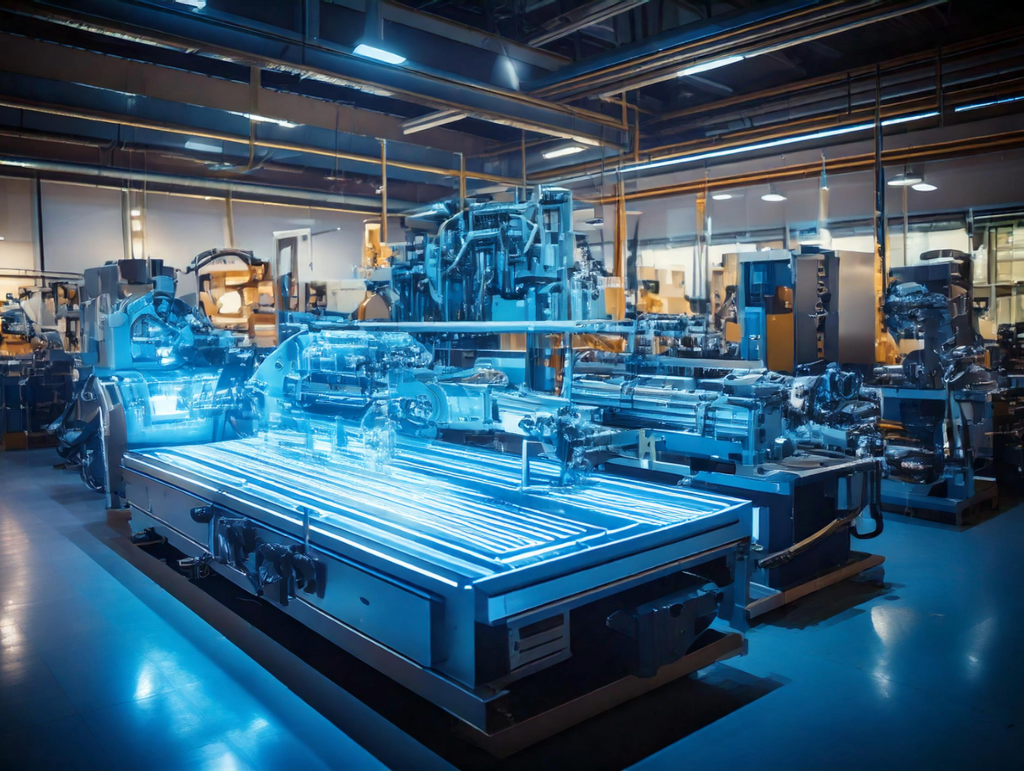Bending is a crucial step in metal forming, but post-bending welding plays an equally vital role in enhancing the durability and functionality of the final product. Proper welding applications ensure the structural integrity of materials while meeting safety and quality standards.
The relationship between material thickness and bending radius is essential for achieving quality and durable production in metalworking. Accurate calculations minimize the risk of cracking while ensuring precision in dimensions.
Hot bending is a vital technique in metal forming, especially for shaping tough and high-strength materials. By heating the material to an optimal temperature, this method enhances elasticity, reduces cracking risks, and enables the creation of complex designs.
Cold bending is a critical process that allows for precise shaping of metals at room temperature. Accurate dimensional calculations ensure the integrity, durability, and functionality of the final product.
In metal forming and sheet processing industries, the relationship between material thickness and bending radius is a cornerstone of production quality. Incorrectly calculated bending radii can lead to material cracking, deformation, or structural failure.






